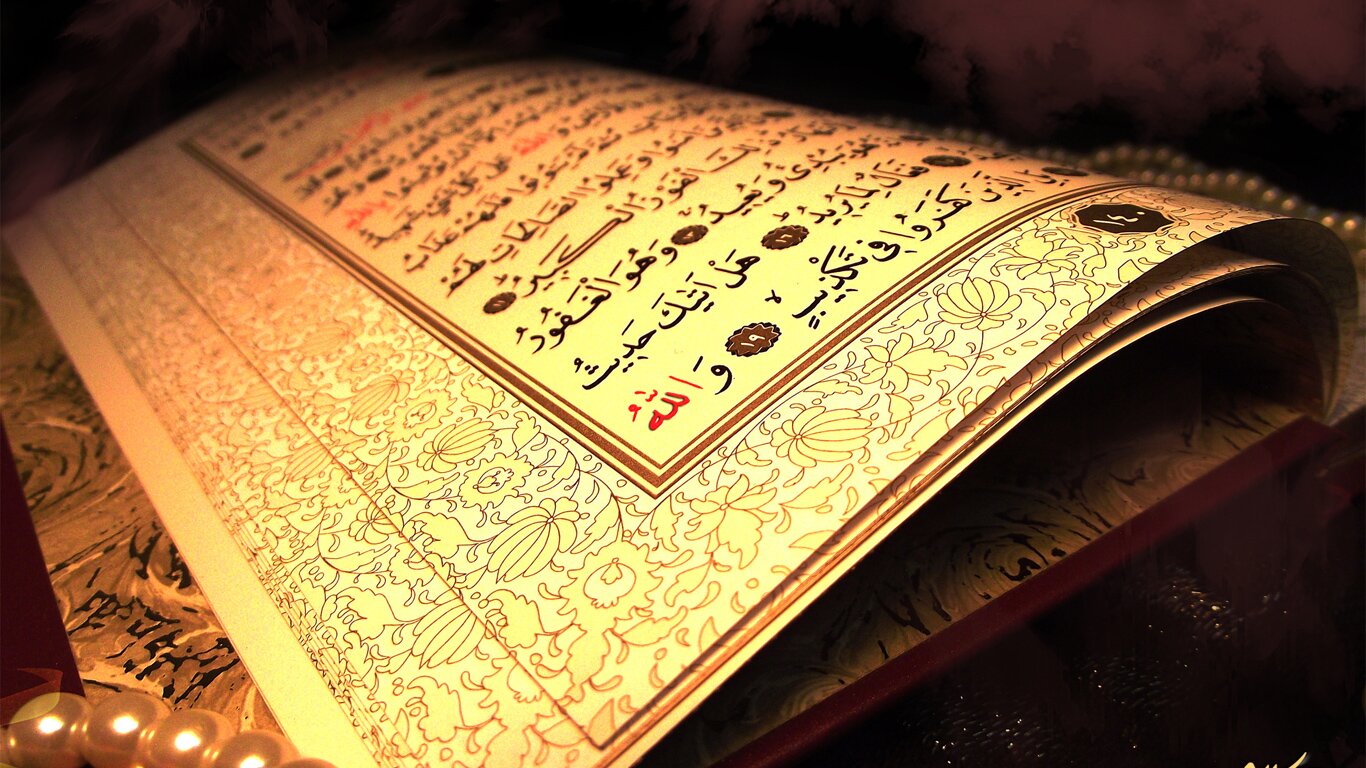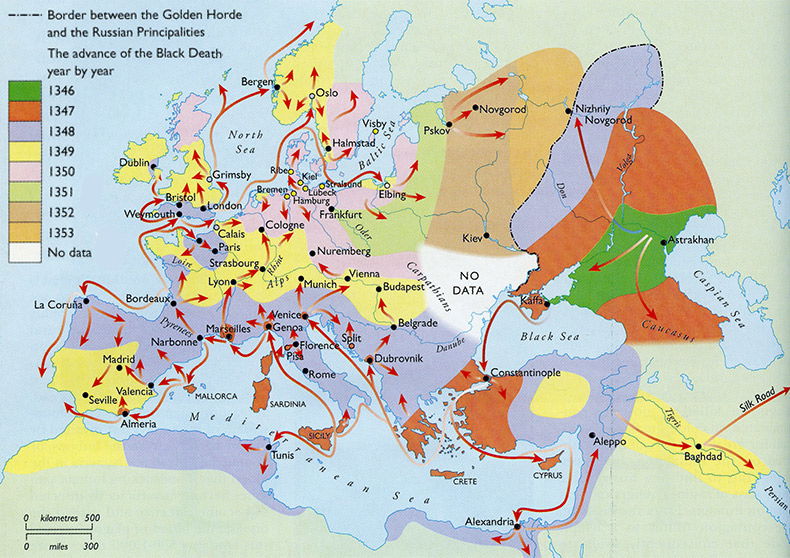King Henry VIII was the son of King Henry VII and Elizabeth
of York. He was the second son in his family, and is older brother Arthur
became the heir to the throne. King Arthur married Catherine of Aragon, but
soon after King Arthur died from an illness. Therefore, Henry VIII was next in
line to be the next king. At the age of 17, he took the throne and married his
brother’s wife, Catherine of Aragon.
In order to marry a widower, King Henry VIII was able to receive
a papal dispensation, which is when the Pope exempts a couple from the Canon
Law. At the beginning of King Henry’s reign he was unable to effectively rule,
so he then relied on Thomas Wolsey. After one year, King Henry regained control
and decided to raise his status as Lord Chancellor.
King Henry and Catherine of Aragon were able to produce 6
children. However, all but one child was able to survive after infancy, and her
name was Mary I. However, Henry VIII was worried that he would not be able to
produce an heir to the throne and he was growing ti
 |
| Catherine of Aragon |
 |
| King Henry VIII
|
red of his 24 yearlong
marriage with Catherine. He then had an affair with a woman named Anne Boleyn,
and married her later. However, the problem King Henry had to face was with the
Pope, who did not agree with this marriage. King Henry VIII was going to be
charged with treason until he made a decision that would change He decided that
he did not need to have the Pope’s permission to make decisions during his
reign. In order to do this King Henry broke up the Roman Catholic Church and closed
monasteries. Then the Parliament was able to pass the Act of Supremacy, which
allowed the king to be above the Church. Therefore, allowing King Henry VIII to
do want pleases him, if that means to divorce and marry another woman.
 |
| Anne Boleyn |
The act of breaking away from the Roman Catholic Church has
caused a ripple in the new line of Kings. The new idea of Anglicanism, which is the
faith that the Church of England will contain both Catholicism and Protestant
features, was in place after King Henry’s plan to break away from the Roman
Catholic Church. Although non-Catholics such as Luther and Zwingli started the
Protestant reformation, King Henry’s break away from the Roman Catholic Church
was the first political action of the English Reformation.
More Fun Facts about King Henry VIII:
http://www.history.com/topics/british-history/henry-viii
http://www.bbc.co.uk/history/people/henry_viii/
http://www.bbc.co.uk/history/people/catherine_of_aragon/






















